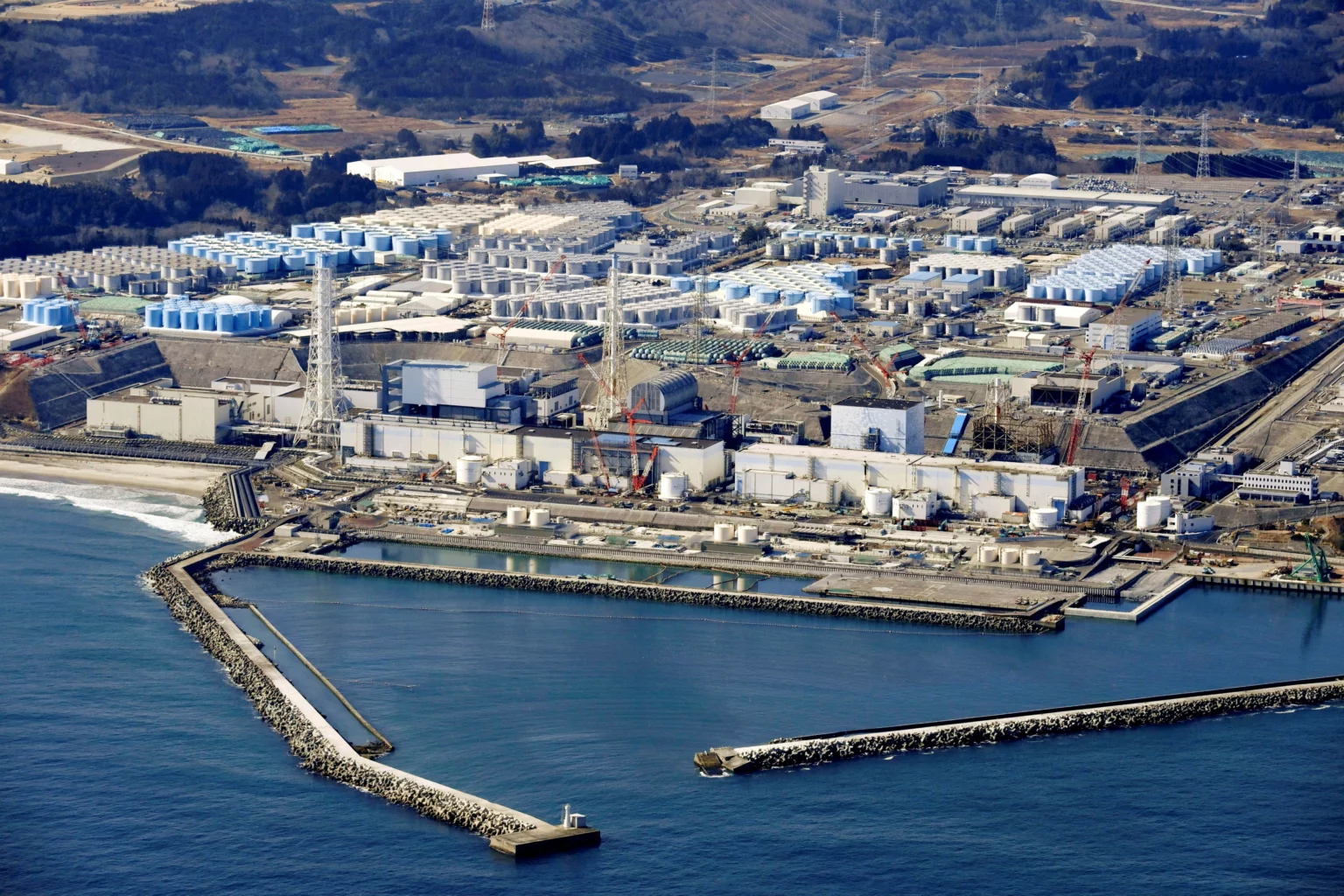On Thursday, UN inspectors took samples from a fish market near the Fukushima nuclear power plant after the release of wastewater from the wrecked facility in August.
China and Russia have barred Japanese seafood imports since the discharge started but Japan says it is safe, a view supported so far by the International Atomic Energy Agency (IAEA).
Some 540 Olympic swimming pools worth of water have been collected since a tsunami sent three reactors at Fukushima-Daiichi into meltdown in 2011 in one of the world’s worst nuclear disasters.
Japan says that the water has been filtered by its special ALPS technology of radioactive substances — except tritium — and diluted with seawater.
Japan says tests have revealed that tritium levels are within secure limits.
The IAEA team including scientists from China, South Korea
and Canada were collecting fish, water, and sediment samples this week to corroborate Japan’s conclusions.
Paul McGinnity, a member of the mission, told reporters that the purpose was “to ascertain whether the Japanese labs are measuring and investigating properly” tritium levels.
McGinnity said, “Tritium is the concern because tritium levels as you know are relatively high because it is not removed by the ALPS process.”
“I can say that we don’t expect to see any change (in tritium levels), certainly in the fish. We do expect to see a small rise in levels of tritium in seawater samples very close to the discharge point. But otherwise we don’t. We expect to find levels that are very similar to what we measured last year.”
Samples will be sent back to labs in the team members’ home nations for independent study, and the IAEA will evaluate and publish those outcomes.
Russia this week followed its backer China in banning Japanese seafood imports, although it buys relatively small volumes.
Japan, which has called China’s ban politically motivated, said the Russian move was an “unjust” step “without any scientific basis.”
The water release is aimed at creating space to start removing the highly dangerous radioactive fuel and rubble from the wrecked reactors.




